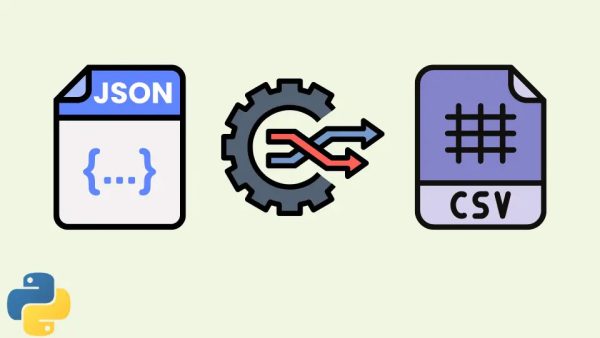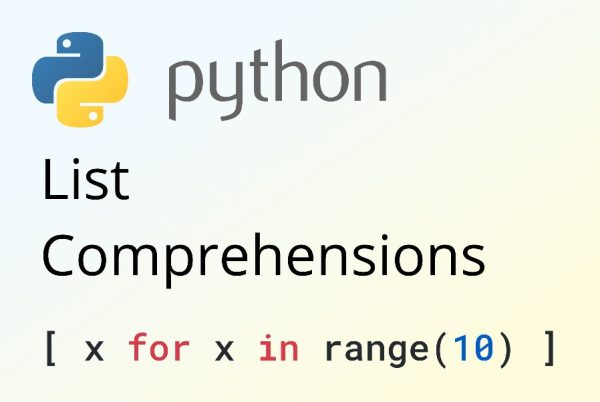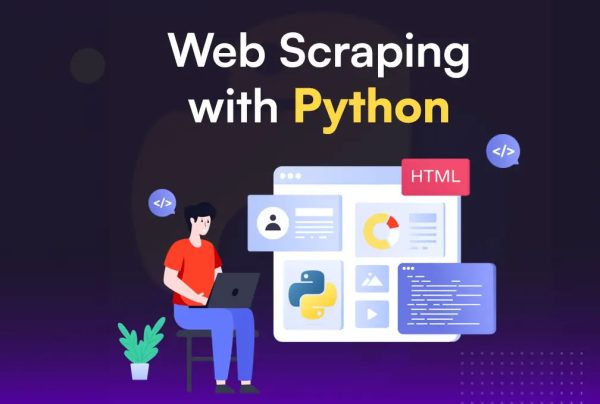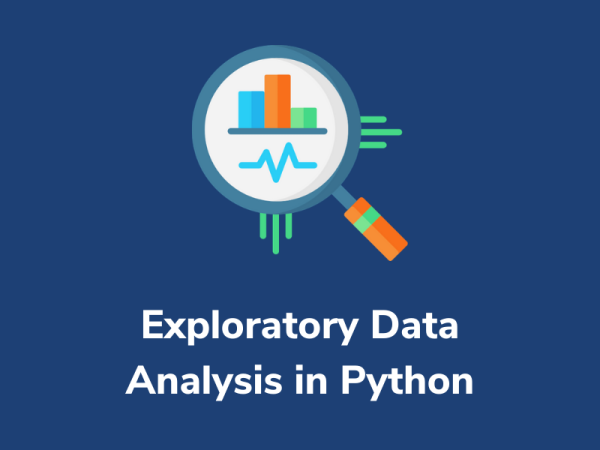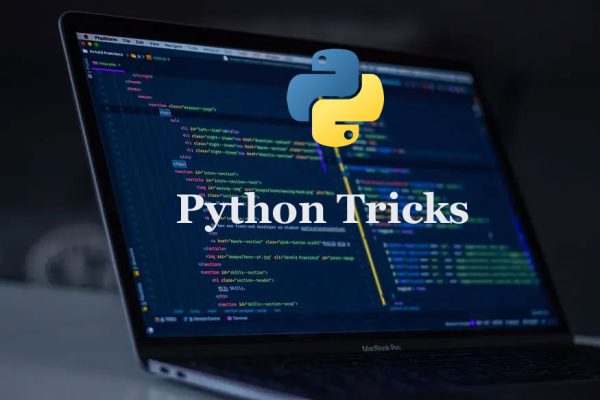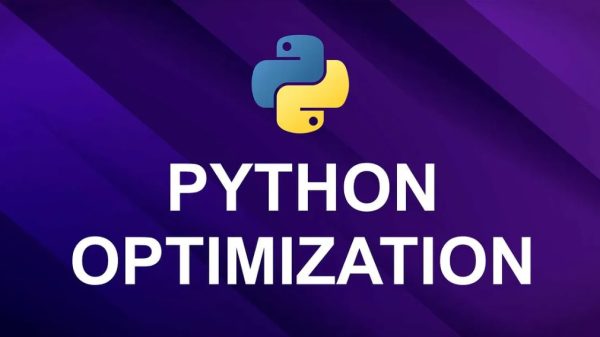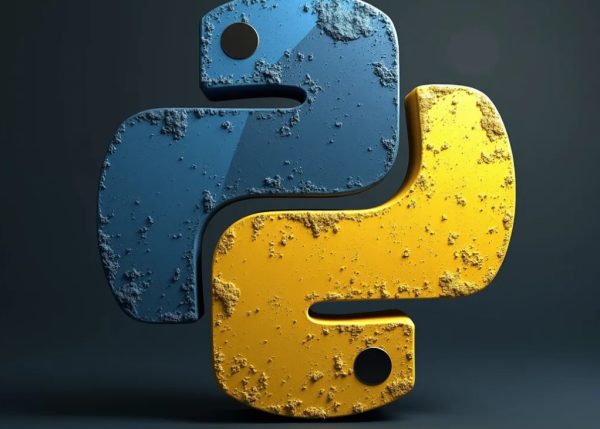How to Write Clean and Efficient Python Code?
It’s a great feeling when your code works. But writing code that is clean, efficient, and easy to understand? That’s what separates a beginner from a pro. Clean code is easy to read, maintain, and scale. Efficient code runs faster and consumes fewer resources. In this guide, we’ll walk you through practical and beginner-friendly tips…
Handling JSON and CSV Files in Python for Beginners
If you’re learning Python and want to gain real-world, job-ready skills, one of the best places to start is working with data files. Two of the most common formats you’ll encounter are CSV (Comma-Separated Values) and JSON (JavaScript Object Notation). These formats are everywhere—in spreadsheets, APIs, web applications, and data pipelines. This beginner-friendly guide will…
Python List Comprehensions Explained with Real-Life Examples
If you’ve ever made a shopping list, a to-do list, or even a playlist, you already understand the concept behind Python list comprehensions. They allow you to build new lists from existing data — quickly, concisely, and intuitively. In this article, we’ll demystify list comprehensions with real-world examples you can relate to. Whether you’re a…
Web Scraping with Python: Extract Data from Websites in Minutes
Have you ever wished you could collect job listings, product prices, or news headlines from websites, without copying and pasting everything manually? What works for a single page doesn’t scale when you need hundreds or even thousands of records. That’s where web scraping comes in. In this guide, you’ll learn how to scrape websites using…
Using Python for Exploratory Data Analysis (EDA)
When you first receive a dataset—maybe from a survey, a sales report, or social media analytics—you can’t just jump into building models or writing reports. You need to explore it first. That’s where Exploratory Data Analysis (EDA) comes in. What Is EDA and Why Does It Matter? EDA is the process of understanding your data…
10 Python Tricks Every Data Analyst Should Know
You work with data all the time as a data analyst, cleaning, transforming, and gathering insights. Python is an effective tool for all of this, and you’ll work more efficiently and effectively if you have knowledge of its hidden advantages. 10 Python Tricks Every Data Analyst Should Know Let’s go over ten essential Python tips…
How to Automate Boring Tasks Using Python?
We all have recurring, time-consuming, and, let’s face it, lifeless tasks. Tasks that utilize your time and leave you worn down consist of renaming hundreds of files, copying data from spreadsheets, scraping data from websites, and sending out typical emails. The bright side is that you can automate several of these tasks in Python, freeing…
10 Most Asked Pandas Interview Questions With Detailed Answers
In the realm of data analysis, the Pandas library stands as a versatile powerhouse within the Python ecosystem. As you prepare to conquer your Pandas interview, let’s delve into the 10 Most Asked Pandas Interview Questions, equipping you with insights to excel in your next data analysis interview. What is Pandas? Pandas is an open-source…
How to Optimize Python Code for Faster Data Processing?
Data processing is a crucial task across different fields even if we do web development or we do any scientific research. Well structured Python code improves the performance, speeds up the execution and minimizes resource consumption. In this article we will explore optimizing Python code for Data processing. We will highlight the tools and techniques…
Introduction to Object-Oriented Programming (OOP) in Python
In software industry for software development Object-Oriented Programming (OOP) Is widely used. Python support (OOP), and make it a more popular and demanding tool as Python is so versatile and highly used in organizations. In this content we will explore the fundamental features & concept of OOPs in Python, after this you will have a…



